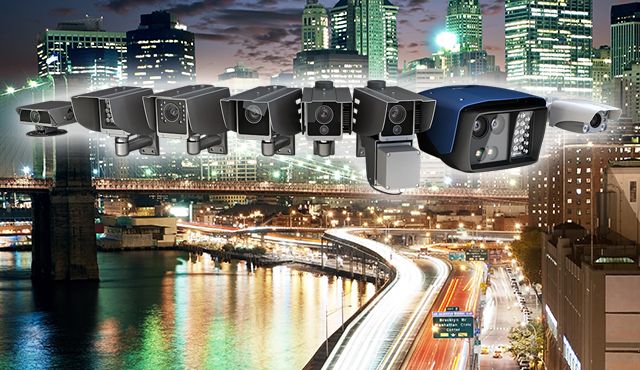
Automated Border Control – Rising Trend Continues, Experts Say
The number of ABC gates (Automated Border Control) doubled in 2018, and this trend is going to be on the rise for the next two years according to industry experts.
The spread of ABC gates – automatic border control gates – has vigorously increased for the same reason that smartphones made a revolution some ten years ago. Simply put, they are contributing to a simple and smooth customer experience – or in our case, passenger experience. In fact, “data show that in 2018, 44% of passengers sailed through automated passport control, a jump from 21% in 2017,” according to the SITA 2019 Passenger IT Insights, co-sponsored by Air Transport World.
EES: The Long-Awaited Boost for ABC Gates
The relatively easy-to-use features of the ABC gates are soon facing a new, ultimate test: the new Entry-Exit System (EES) of the European Union (EU). This soon-to-be-implemented system is expected to give new impetus to the trend of using more and more ABC gates.
But why the EEC is the big test? Basically, all of the external borders of the EU are becoming biometric by 2022. This will require the registration of all travelers to the EU from third countries; a tremendous challenge, to say the least. And the first signs are already visible, such as the system installed at Röszke on the Hungarian-Serbian border.
Border control officers will have to record all entry events of so-called “third country travelers.” This includes inbound travel by individuals from outside the Schengen area. Once done, they also have to save the acquired data to a European database. All of this poses an unprecedented challenge for the EU.
Hence, a new Entry/Exit System (EES) is undergoing development in order to further improve the management of the external borders, and in particular, to verify compliance on the authorized period of stay on the territory of the Member States.
The Role of ABC Gate Technology in Mobile Applications
Besides the proposed EES system, industry players are also looking one step further. They envision the wider use of mobile applications within the area of automated boarding control. In fact, passengers are ready to use mobile technology when speaking of verifying their identity. SITA reports that 59% are “very willing” to use their mobiles for ID verification along the journey. Also, a further 33% are open to the idea.
Granted, proving your identity using your mobile device is not an option widely available today. But it should be on the horizon soon: nine out of ten passengers would gladly welcome such a service. As such, airlines and airports should be confident when moving to mobile services for ID identification. Besides, passengers are looking to make their journey as easy as possible. And mobile is top of the technologies they want to use.
But in order to make the future be viable from this aspect, mobile phone applications will definitely require devices with better parameters. For instance, controllers will have to check security features of the documents specifically for each type of documents, which means you need a passport reader that illuminates the document using a range of different lights, takes multiple images, and reads digital data at the same time – and Adaptive Recognition’s Combo Smart Kiosk reader is just like that.


